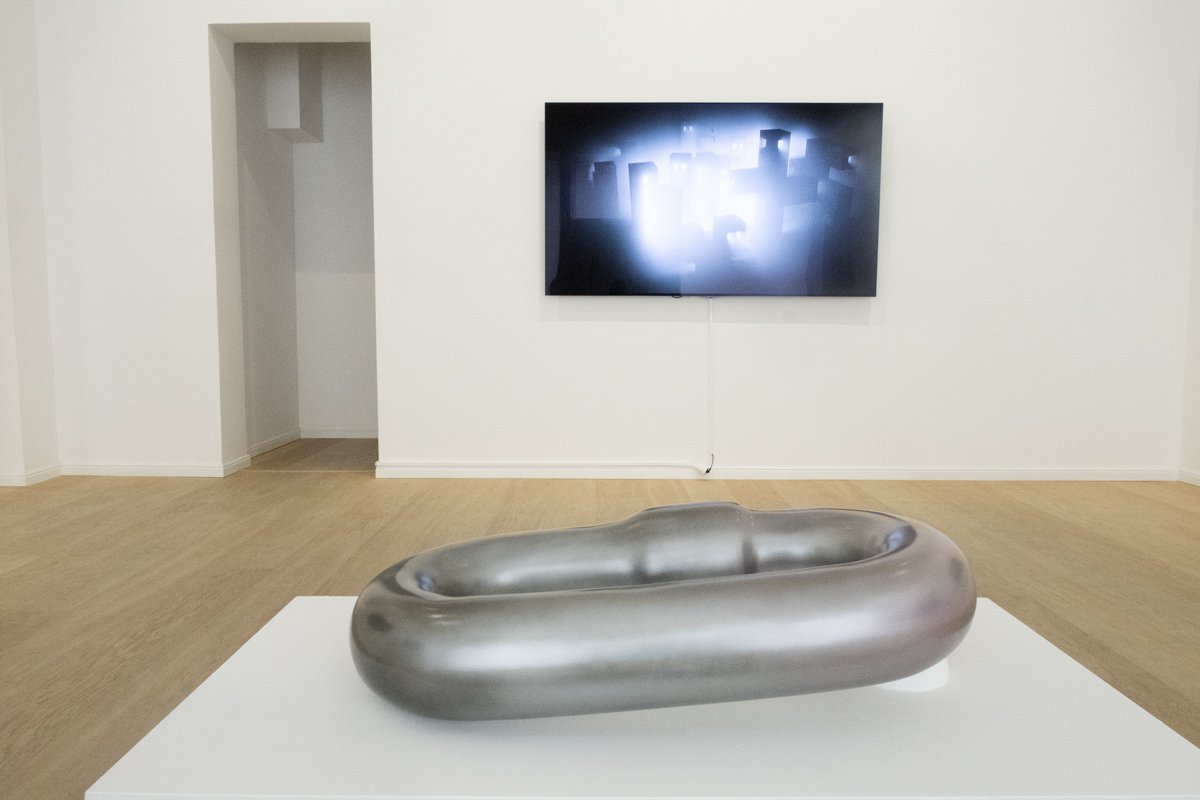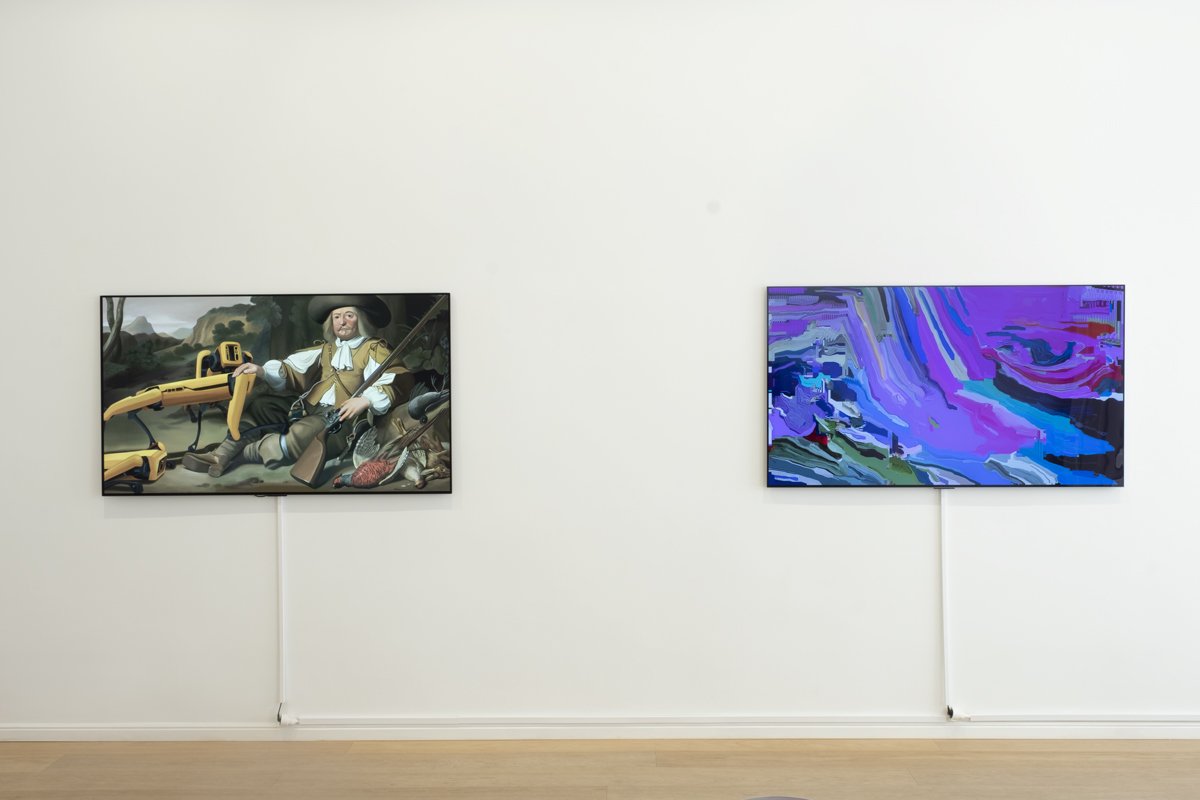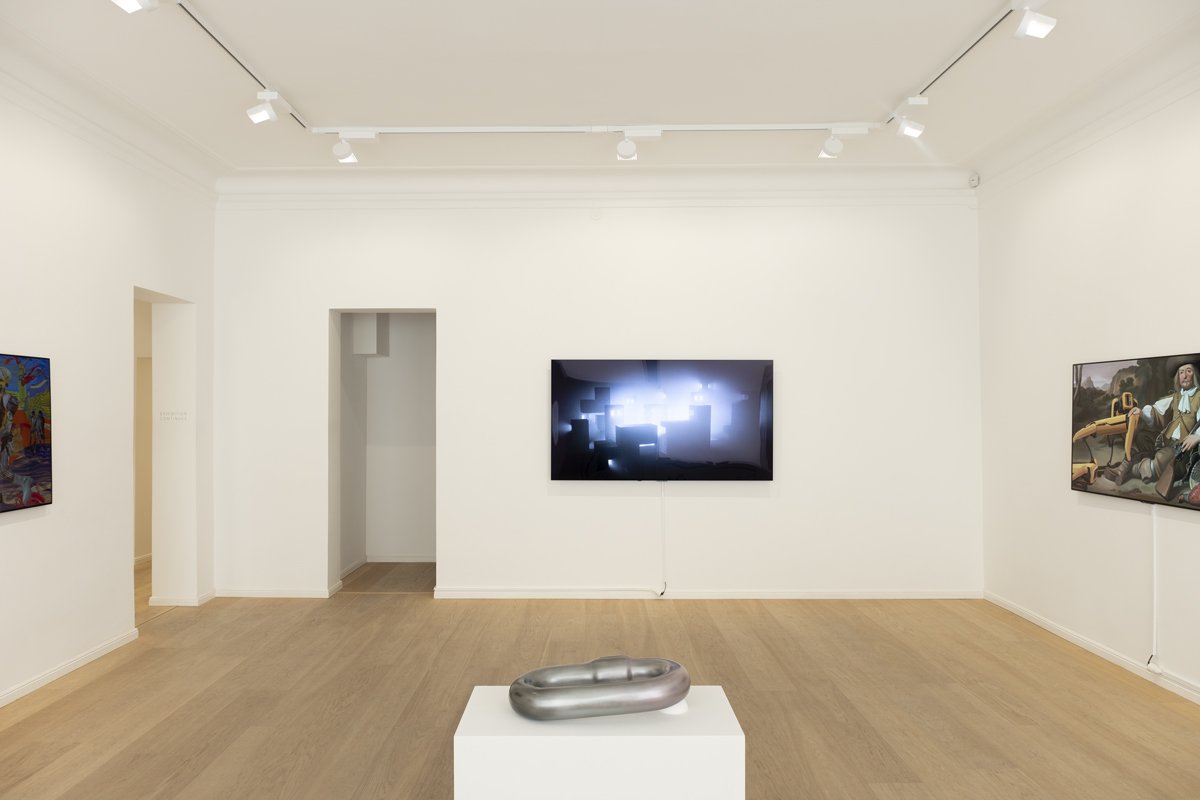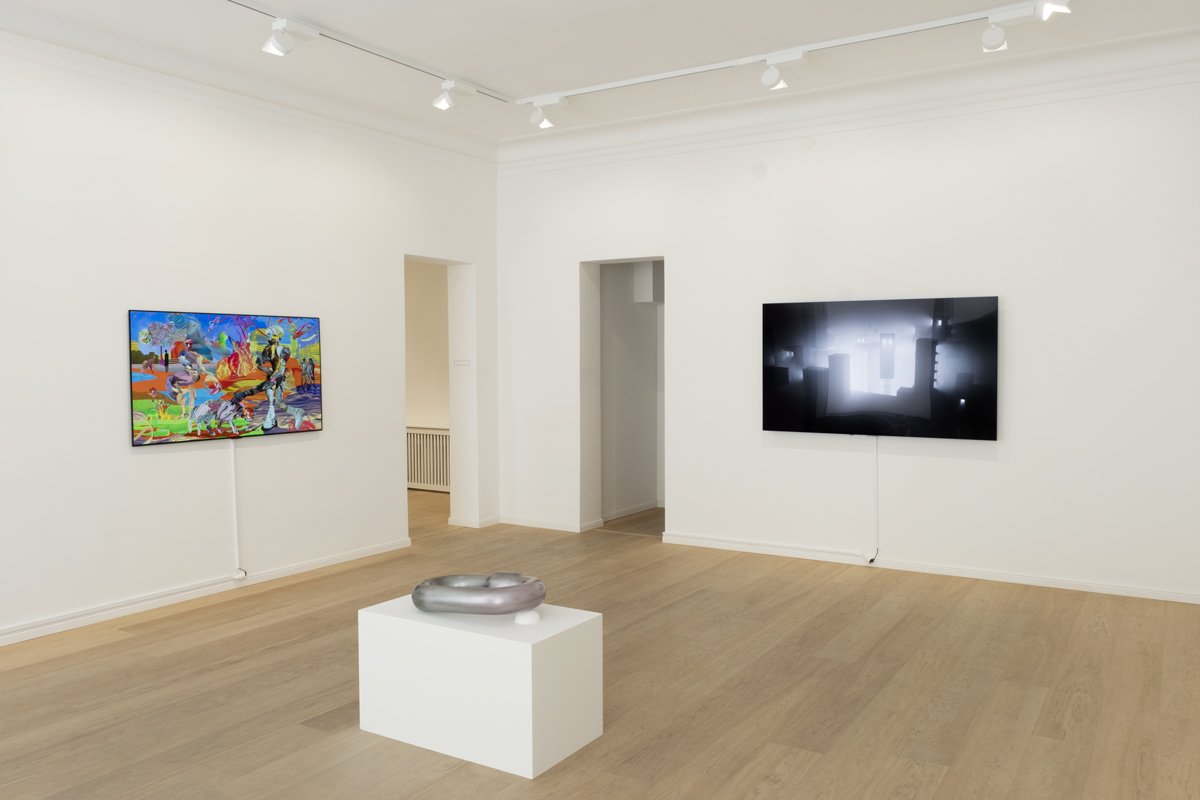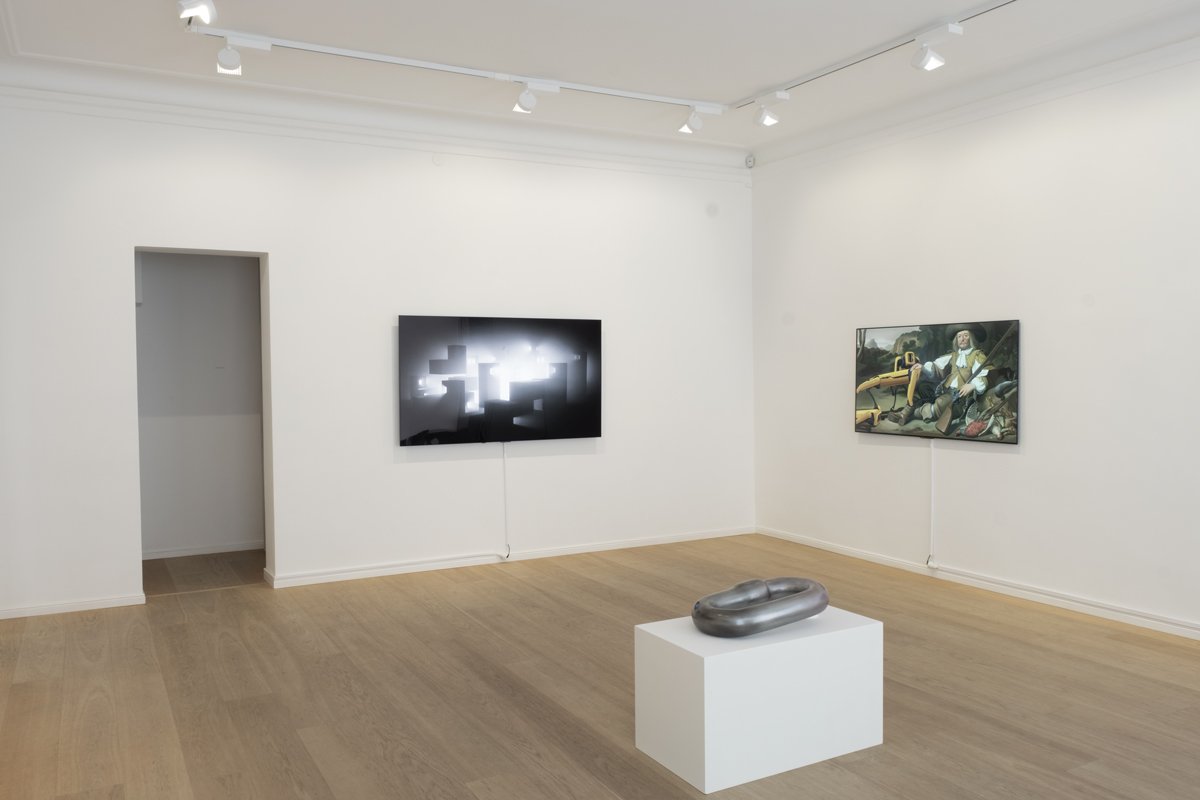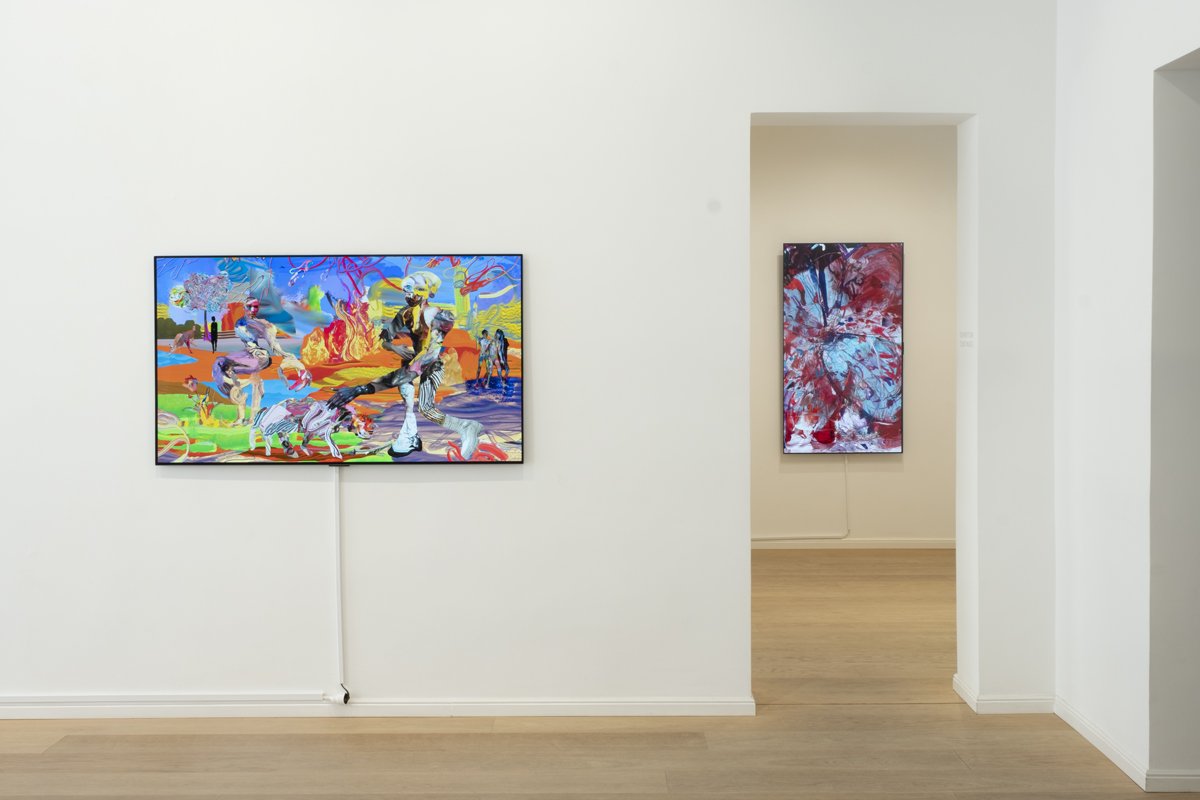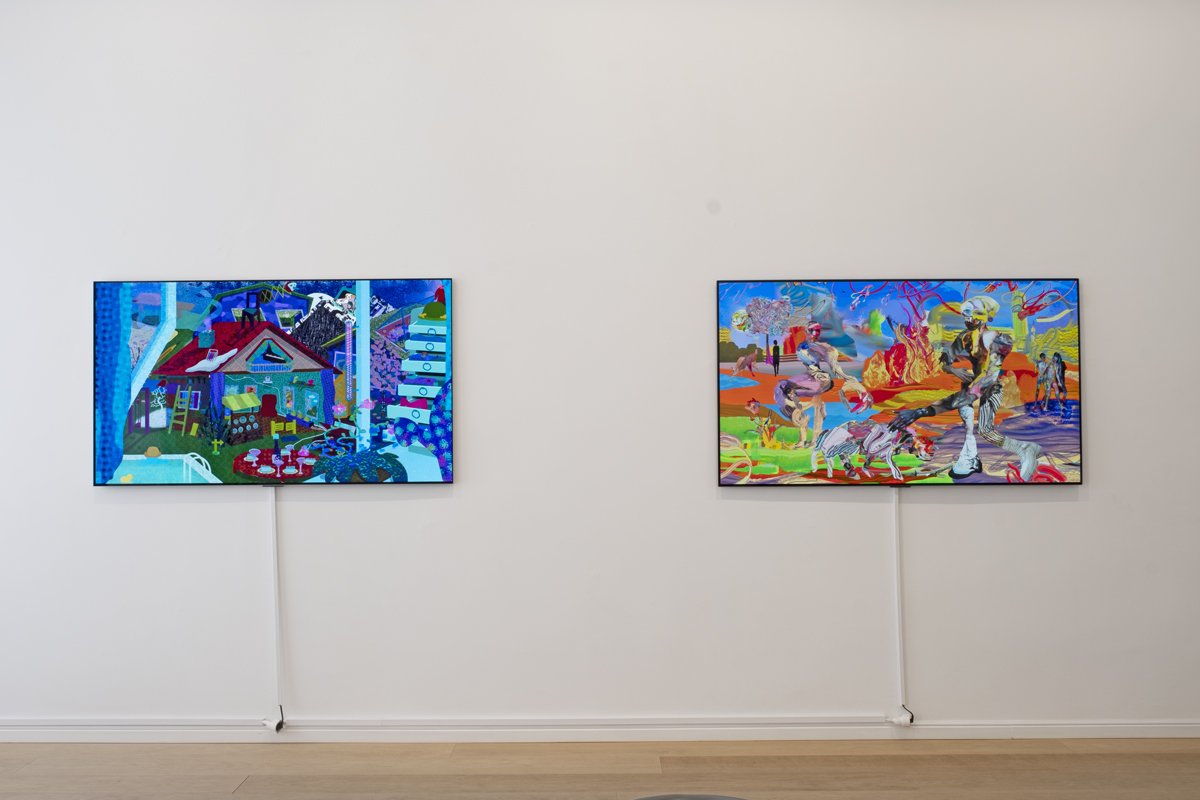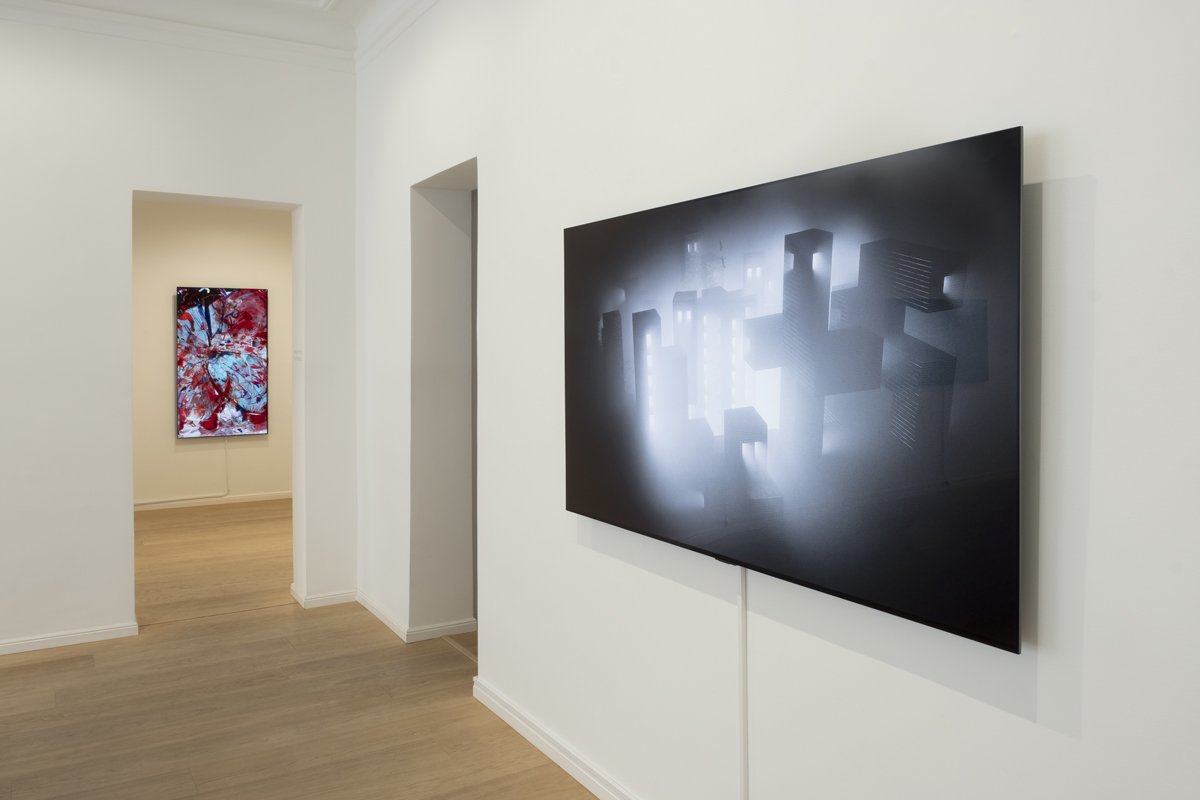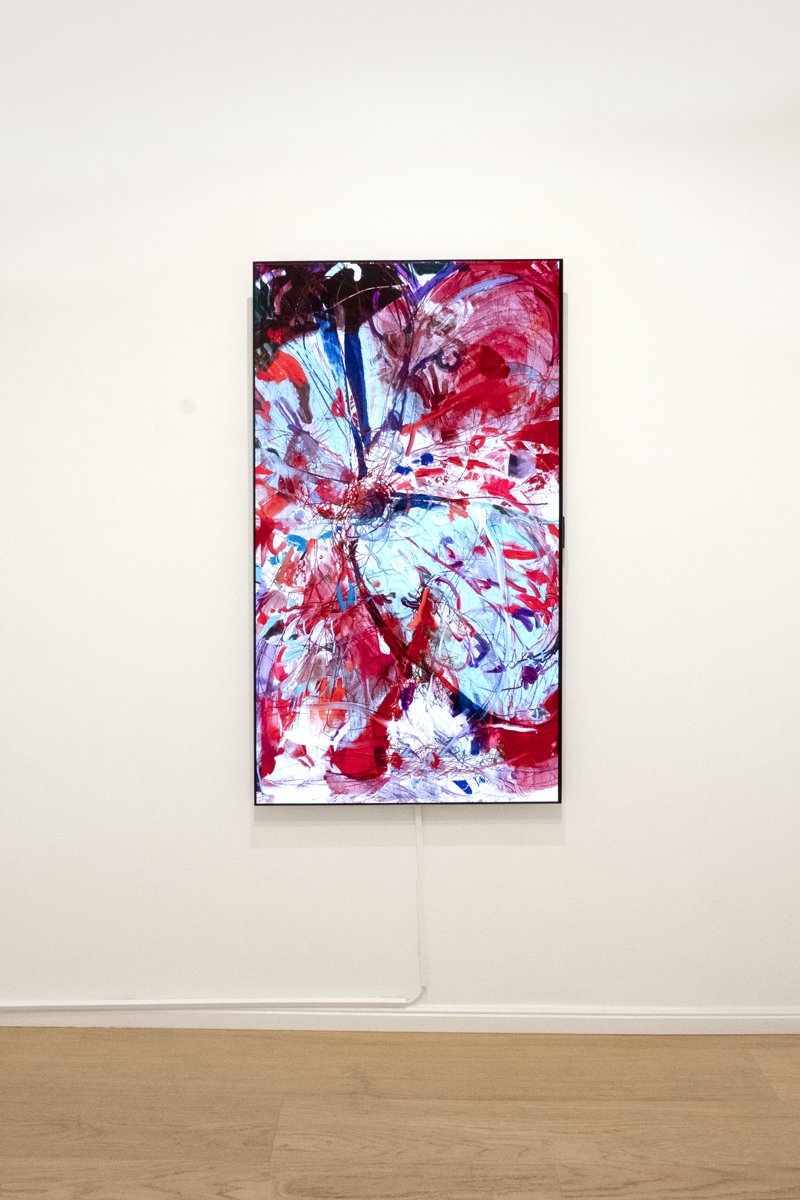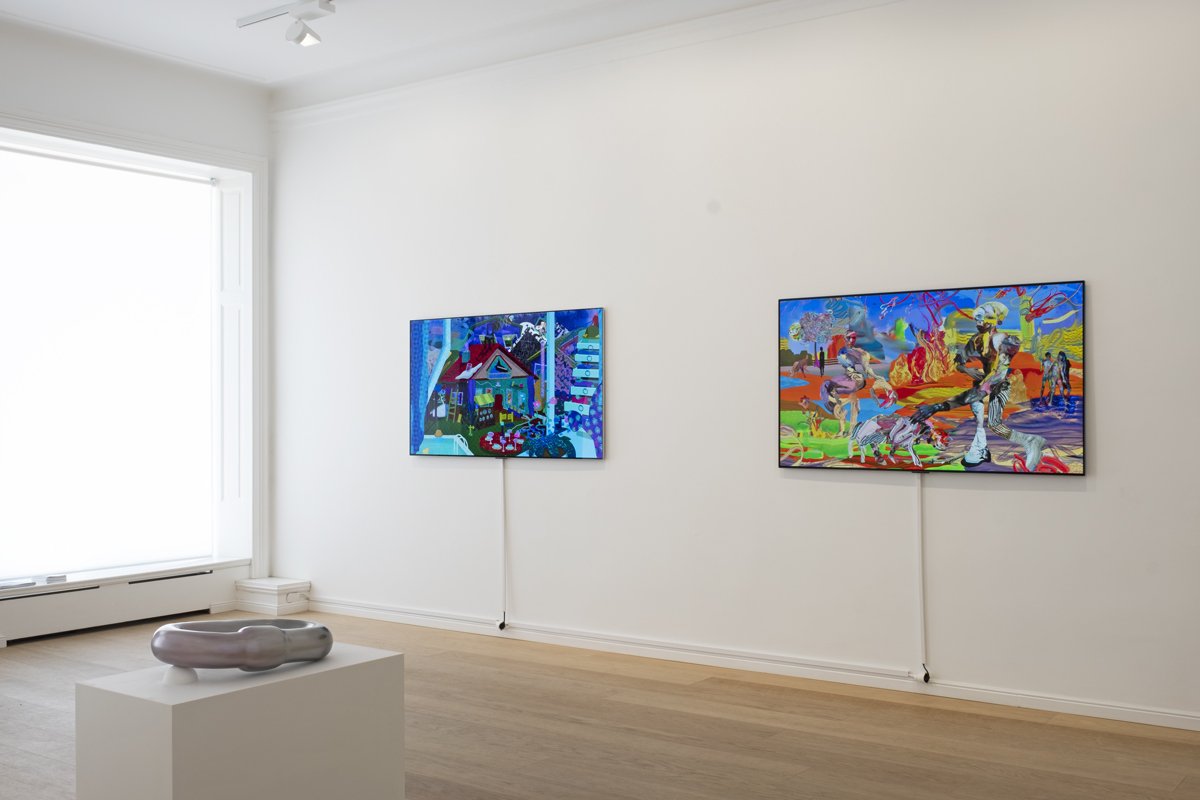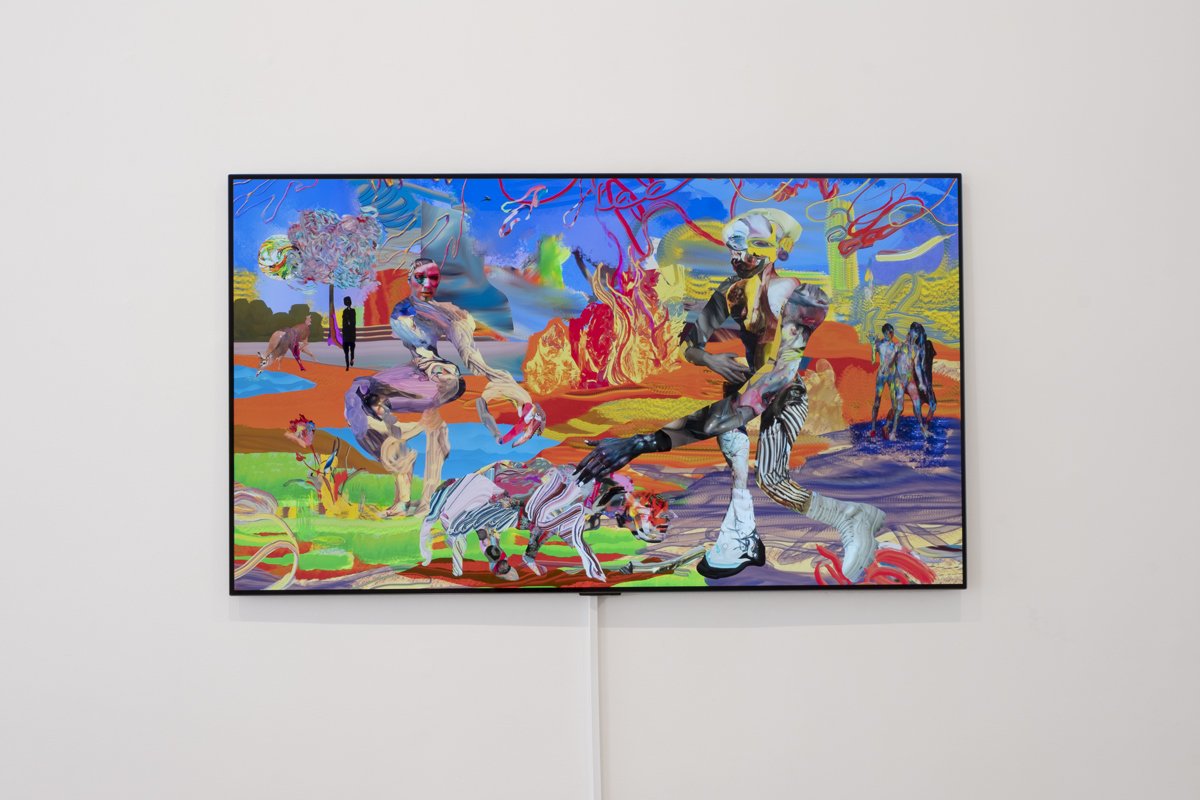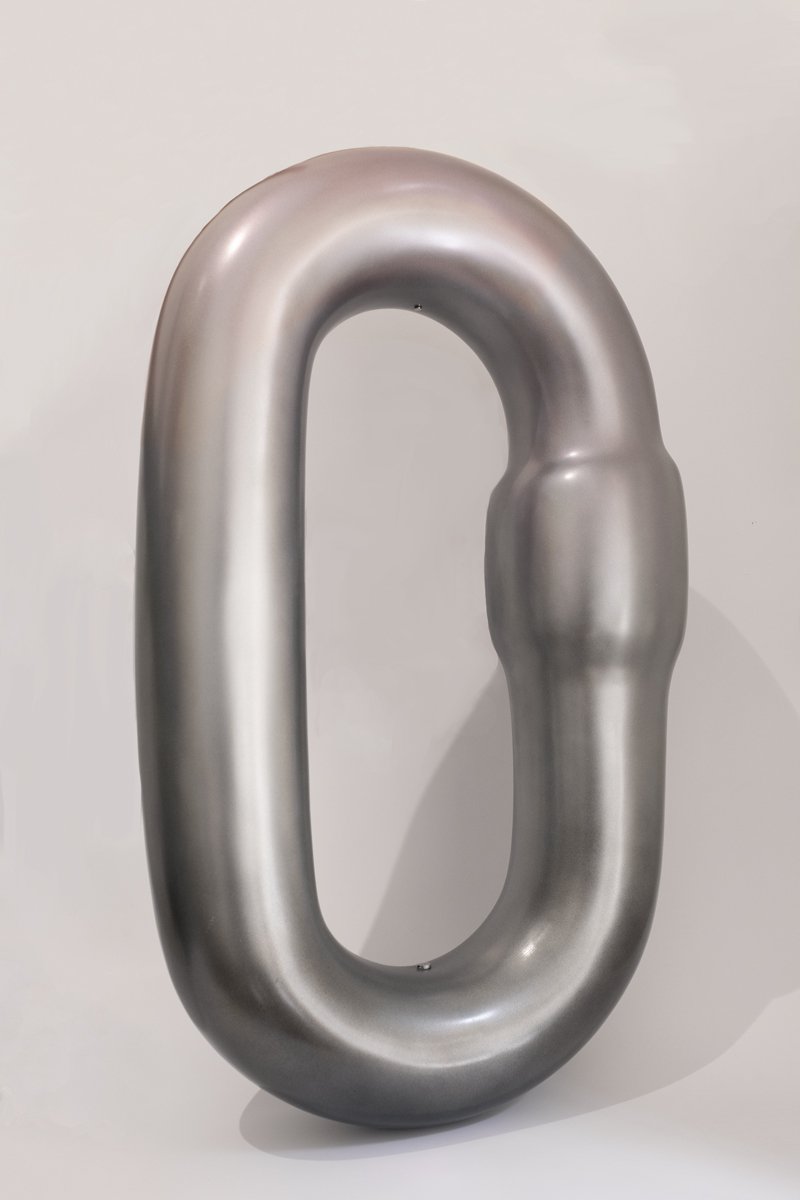TOMORROW & TOMORROW
Exploring Digital Art in the Age of NFTs
PART 2
Chepertom / Fvckrender / Lisanne Haack / Introvoid / Strano /RARE / Yuri
25 May - 22 June
“Never fear art…At the end of the day, this is just art, people making art, people having a way to communicate their art with the greatest number of people as possible, and that should be embraced with open arms… My point is you can’t write anything off that is—it just is. It’s people taking advantage of the internet in a way that’s never existed before and artists are going to grab their hands around anything, technologically, socially, politically, economically; this is just what art is about.”
— Kenny Schachter, 2021
